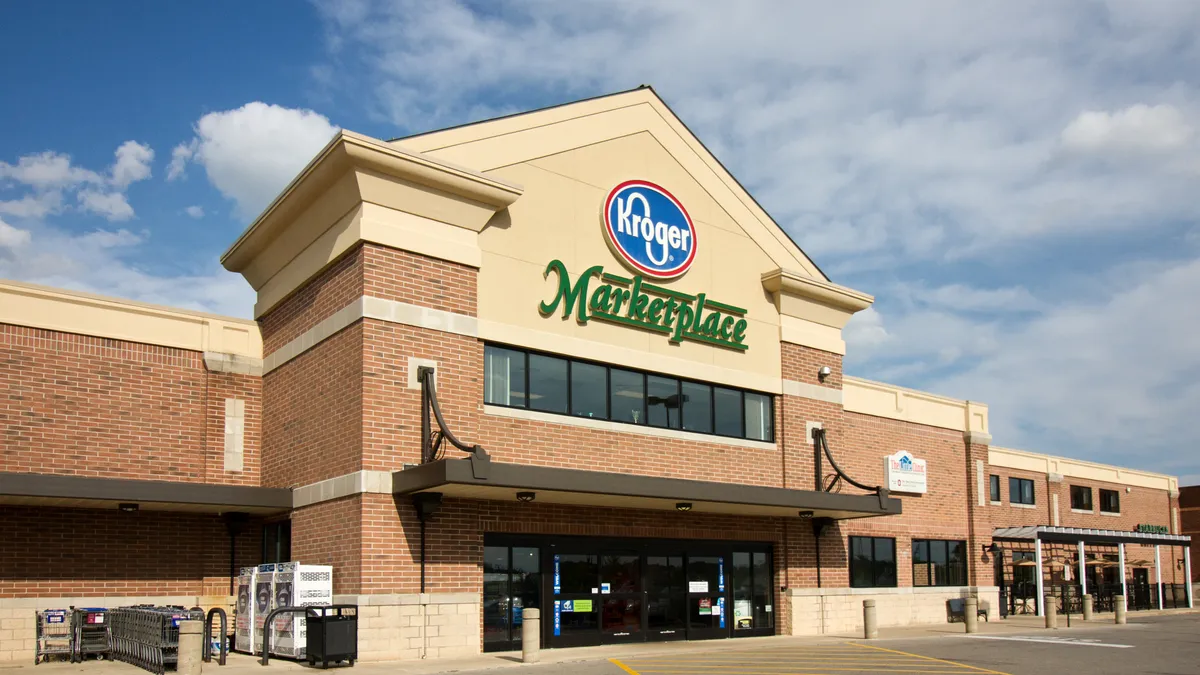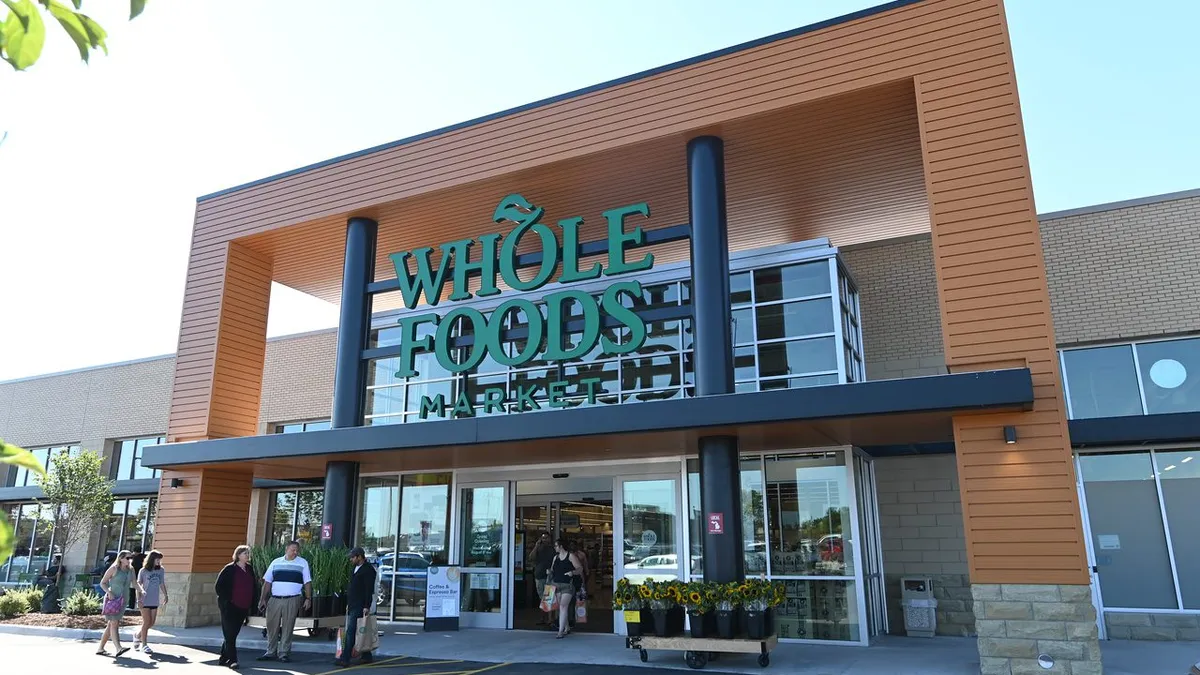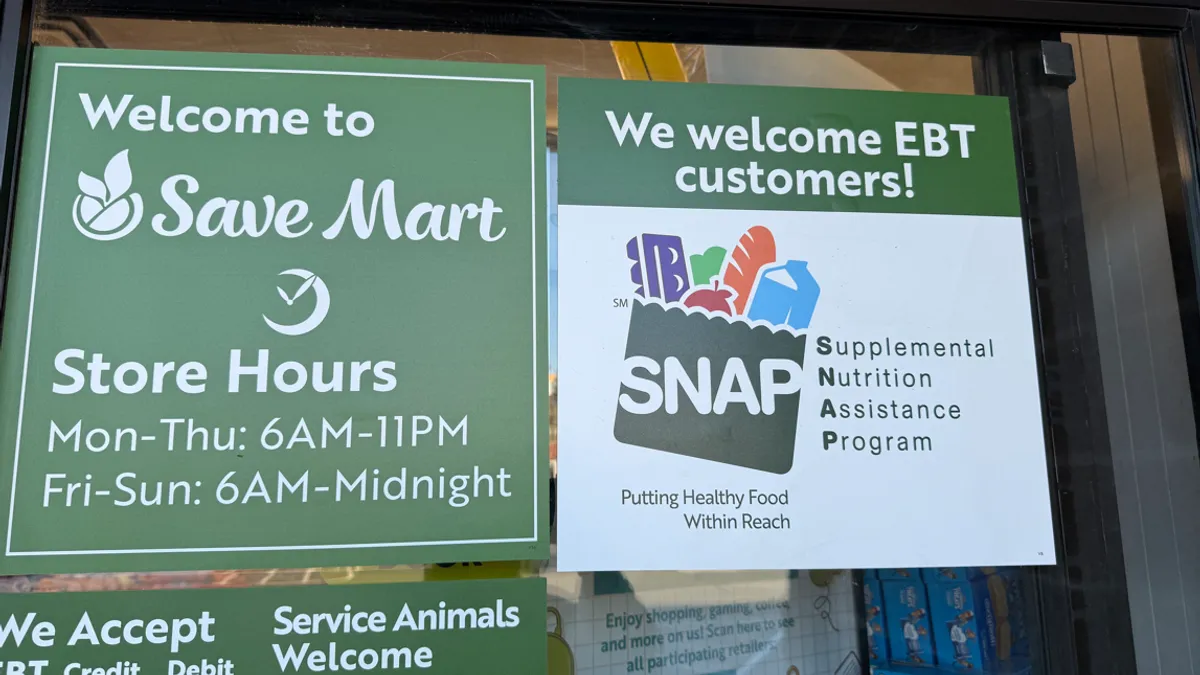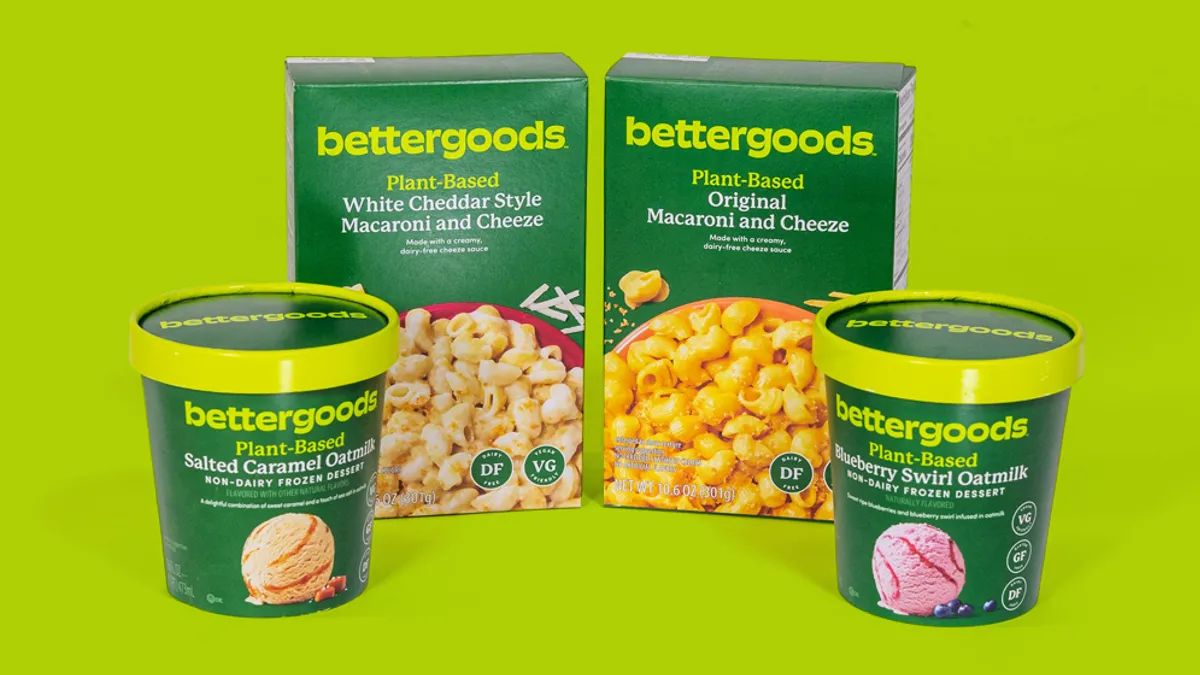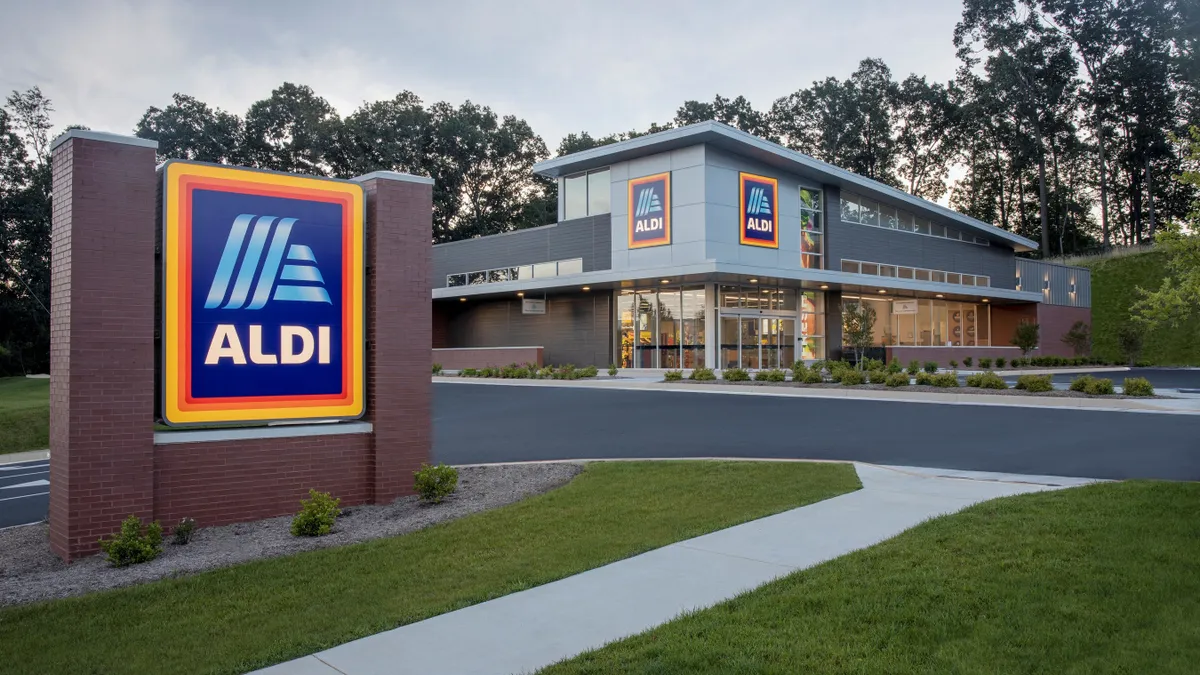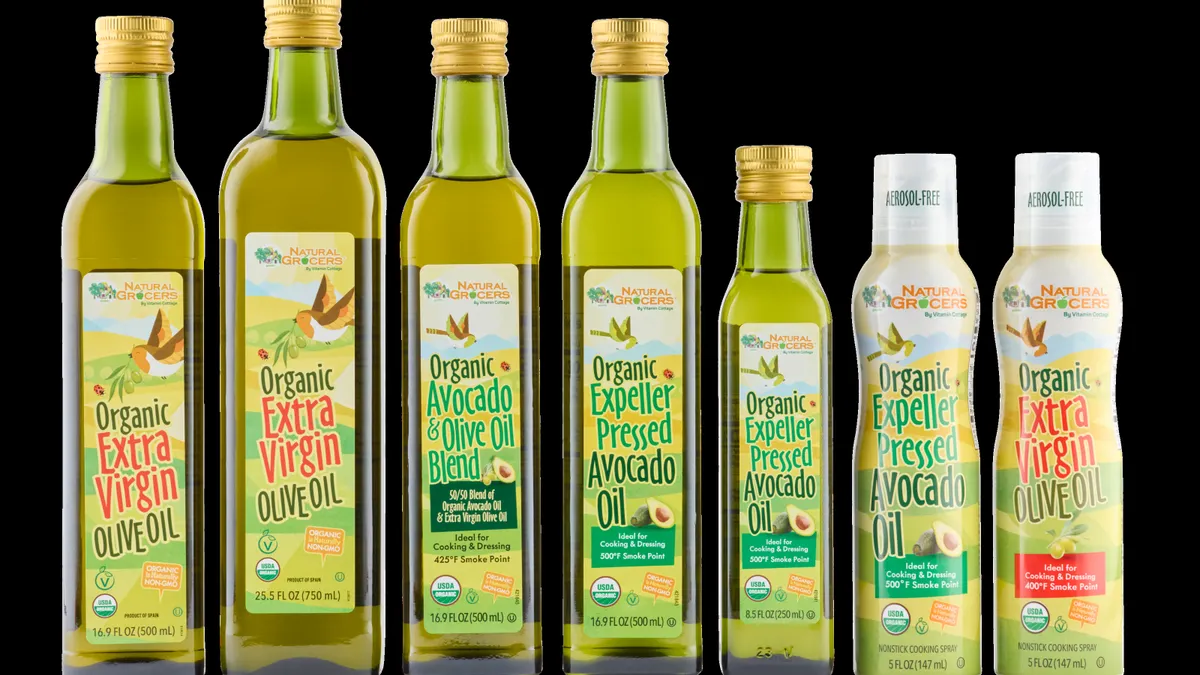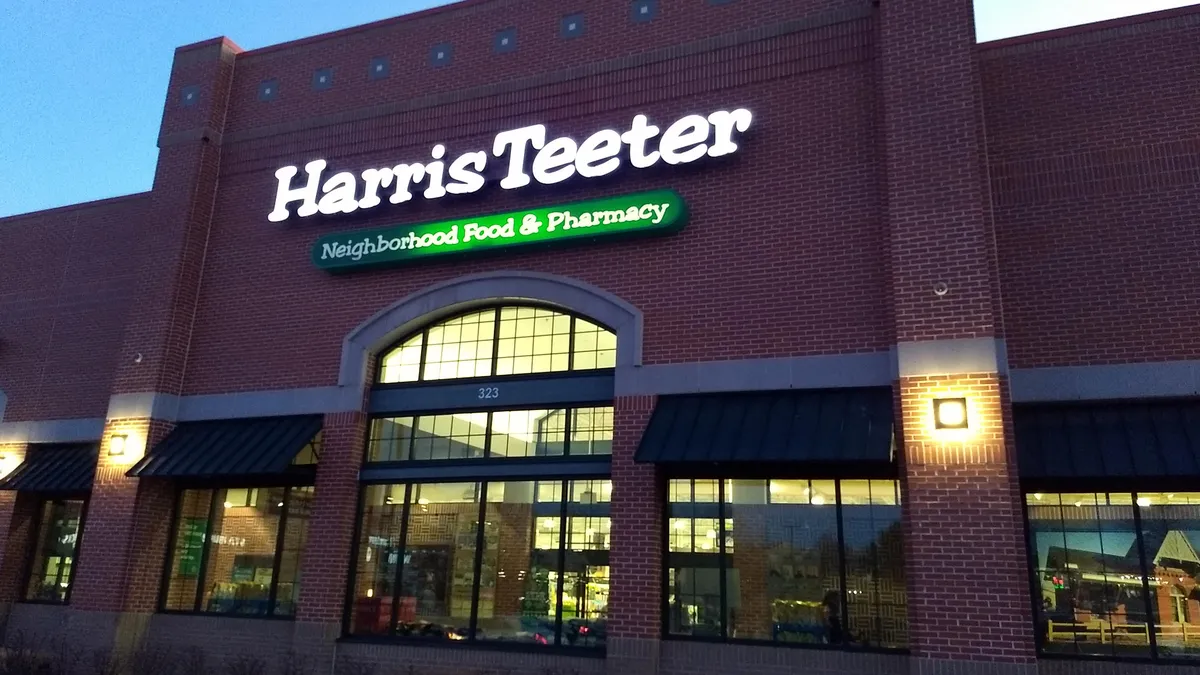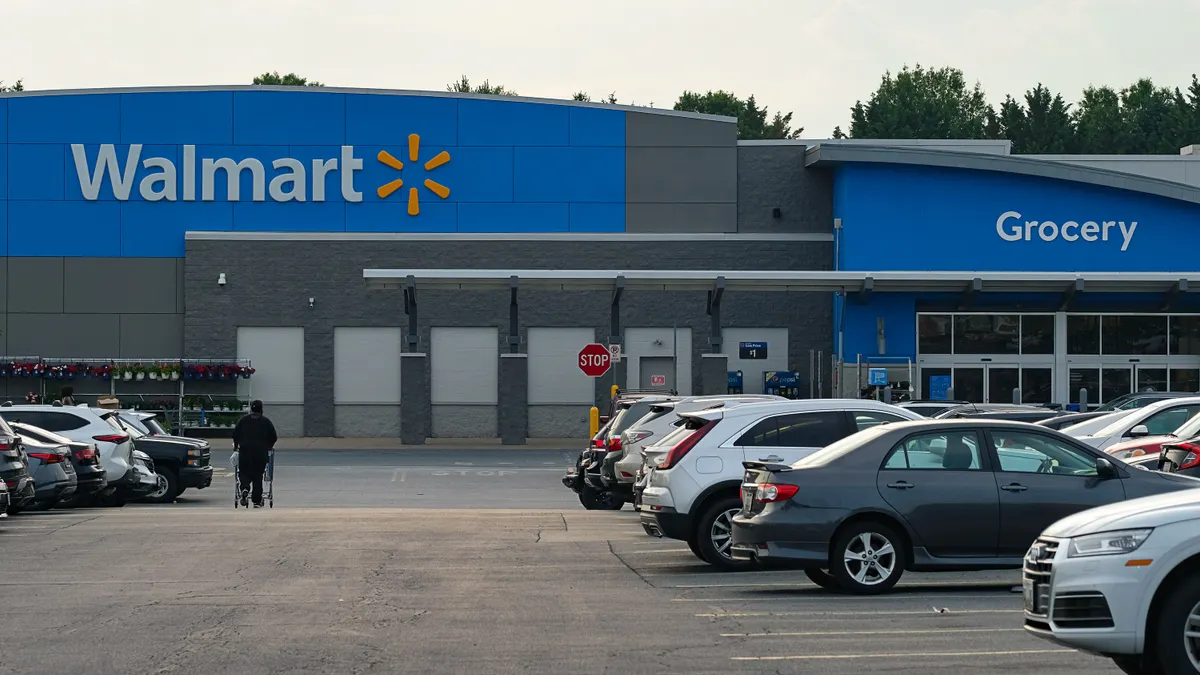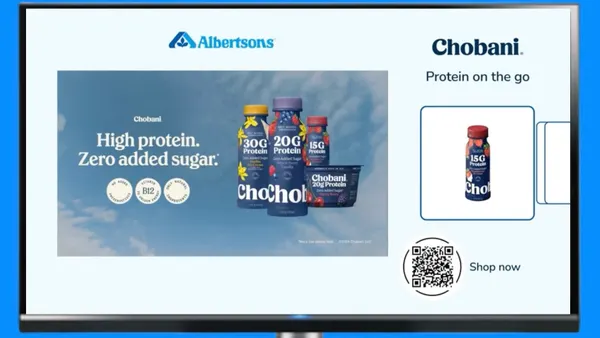Pardon the Disruption is a column that looks at the forces shaping food retail.
In the more than two years they spent trying to combine, Kroger and Albertsons held off on making any deep cuts to their businesses as they looked to curry favor with regulators and consumers.
But now that the supermarket megamerger isn’t happening, the two chains have returned in a big way to the tough but necessary work of making their stores, supply chains and corporate operations run more efficiently.
Call it making up for lost time. Kroger announced in late June that it plans to close 60 stores over the next year and a half. It promptly got to work, with local media reporting impending closures of company-owned stores across several regions. Albertsons, meanwhile, has laid off around 800 employees and shuttered close to a dozen stores so far this year, The Wall Street Journal reported.
There’s much more to come. Both grocers say they are looking to wring unnecessary costs out of their businesses and better focus their efforts on high-performing products and services. Albertsons is in the process of cutting $1.5 billion over a three-year period, while Kroger is looking to bring more discipline to its investments and cost structure.
“We’re going to modernize operations and ways of working across the board, from corporate to our stores and supply chain, to work smarter and more efficiently,” Kroger CFO David Kennerly said during the company’s earnings call at the end of June.
Instead of popping champagne, the nation’s largest supermarket chains are cutting deep so that they can continue battling the very forces that spurred their attempted merger. They are also suing each other over who’s to blame for the deal going up in flames.
The belt-tightening that both companies have embraced this year comes as no surprise, and it will go a long way toward keeping prices down and staying competitive. But Kroger and Albertsons can’t just hack and slash their way to a more compelling grocery experience. That’s going to take innovation and risk-taking. How will these supermarket giants beat the growing threat that low-price and specialty retailers pose?
Here are three things I’ll be watching in the months ahead.
All eyes on the CEOs
Both Kroger and Albertsons will forge ahead with new leadership at the helm. For Kroger, that new leader has yet to be identified four months after former CEO Rodney McMullen resigned following an ethics review. Ron Sargent, who became interim CEO in March, said Kroger’s board of directors has formed a search committee and is currently working with a nationally recognized search firm to identify candidates.
As I wrote earlier this year, Kroger’s next permanent CEO will have a lot of challenges to address, including labor unrest, mounting industry competition, an overly complex e-commerce network and a brand campaign that’s starting to feel stale. The role also offers an opportunity to transform the conventional grocery model, and Kroger would do well to name someone with an innovative spirit.
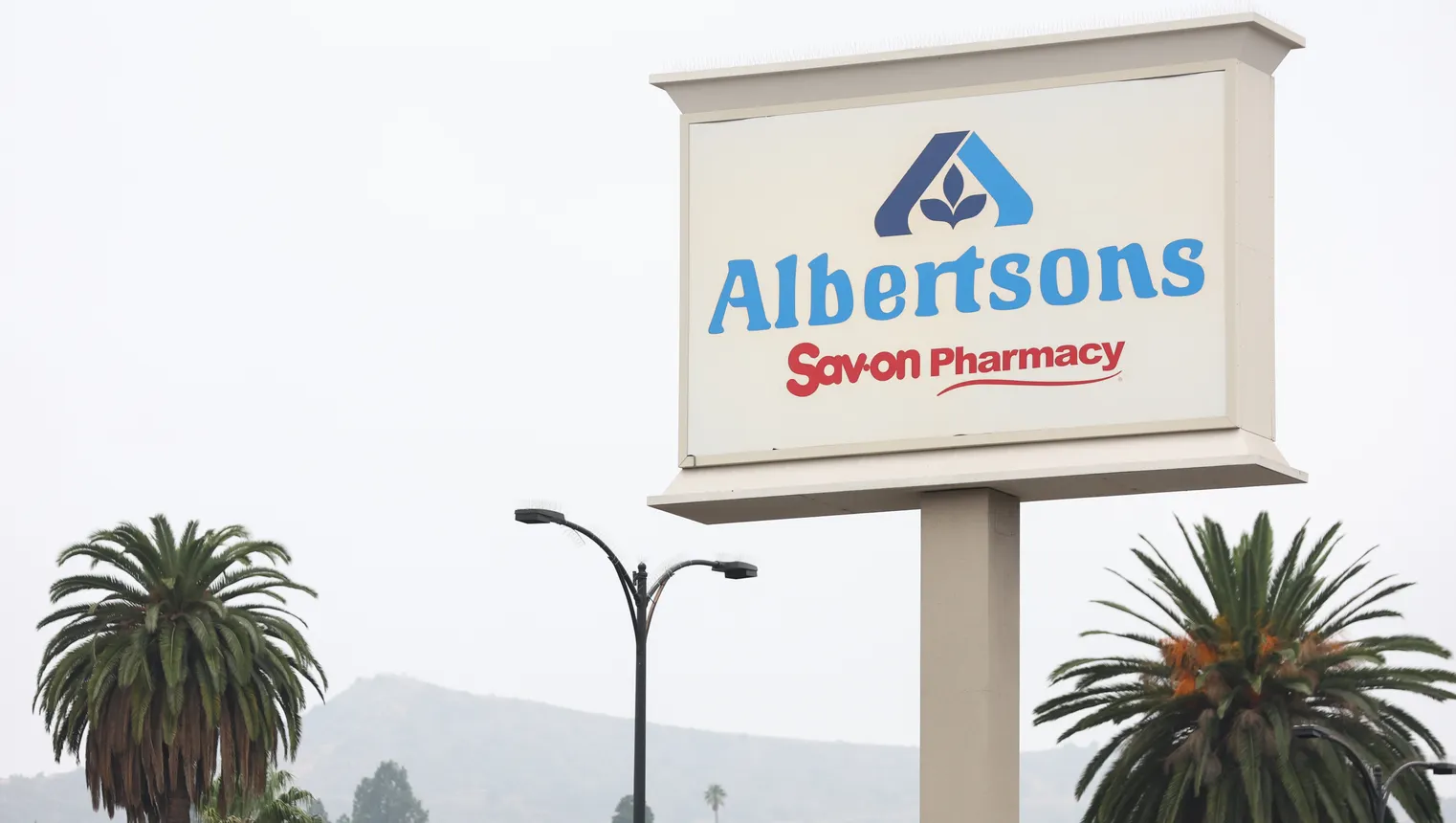
Albertsons, on the other hand, has its new leader in Susan Morris, the former operations chief who took over for Vivek Sankaran in May. She’s coming into the CEO role at a difficult time. During the merger trial, lawyers painted Albertsons as a company with a bleak future. Since then, speculation has swirled about Albertsons eventually finding another suitor.
But Morris told The Wall Street Journal the company has no plans to sell. She said she wants to make Albertsons leaner and negotiate more forcefully with suppliers. She also sees opportunities to expand its leading retail media network and improve key areas like produce, private label and its loyalty program.
Morris told the Journal that Albertsons’ specialty is one-stop shopping. That may be true, but a lot fewer consumers are shopping this way than when Morris joined the company nearly 40 years ago. Albertsons needs to figure out how to be an important stop for today’s shop-around consumers.
What is Kroger going to do about e-commerce?
Kroger’s online business has been growing at a healthy clip. During its first fiscal quarter this year, e-commerce sales increased 15%, with delivery driving a growing number of households to engage digitally with the grocer. That’s well ahead of the overall sales growth rate in digital across the industry.
But e-commerce remains an unprofitable business for Kroger — and that needs to change, Sargent said during the company’s first-quarter earnings call.
“Our customers are embracing the whole digital model of our business. We are seeing improvements in profitability at an increasing rate. But to be clear… we’re not profitable at this point,” he said.
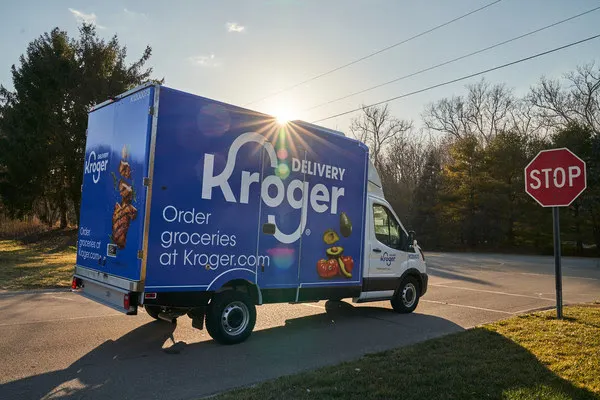
That’s an understandable goal, and one that comes at a time when fierce competitor Walmart says its online business is now profitable. Trouble is, Kroger seems to be a long way off from achieving this, with Sargent noting: “We still have a lot of work to do.”
The 800-pound gorilla in the room is Kroger’s network of automated fulfillment centers and spoke facilities powering its delivery service. This network needs to build scale and serve high levels of demand to achieve its full value, but right now Kroger and its fulfillment technology partner, Ocado, seem to be stuck figuring out how to make these facilities work for shoppers and Kroger’s bottom line.
Will both grocers continue to innovate?
Kroger and Albertsons have had a strong track record of innovation over the past several years. Both companies ramped up retail media and embraced trends like quick delivery, ghost kitchens and online marketplaces. While some of these bets didn’t pan out, their nimbleness and willingness to learn have been encouraging at a time of rapid evolution across retail.
Will that spirit of innovation diminish as the companies push for greater efficiency? That already seems to be happening, with neither company making the sort of eye-grabbing announcements in recent months that it used to.
I understand pulling back on e-commerce innovation, given how demand has moderated in that channel over the past two years. But Kroger and Albertsons need to take bold steps in areas that are key to their associates and in-store shoppers, including meal solutions, loyalty programs and employee services.
I live in an area that’s packed with QFC, Fred Meyer and Safeway stores, and I can tell you that none of them come to mind when I think, “What’s for dinner?” All of these locations carry prepared meals, salad kits, packaged sushi and more, but the selections are usually uninspiring and merchandised in out-of-the-way areas that make it feel like the companies are checking boxes rather than trying to entice shoppers.
Kroger and Albertsons both have paid digital membership programs, but they pale in comparison to the bevy of perks part of Walmart+ or Amazon Prime. Will Kroger and Albertsons expand these programs to provide more perks?
The nation’s largest supermarket chains’ latest cuts show they understand the importance of playing defense in this ever-evolving, crazily competitive industry. Their bold merger attempt showed a willingness to play offense, and they should keep that competitive fire burning.


